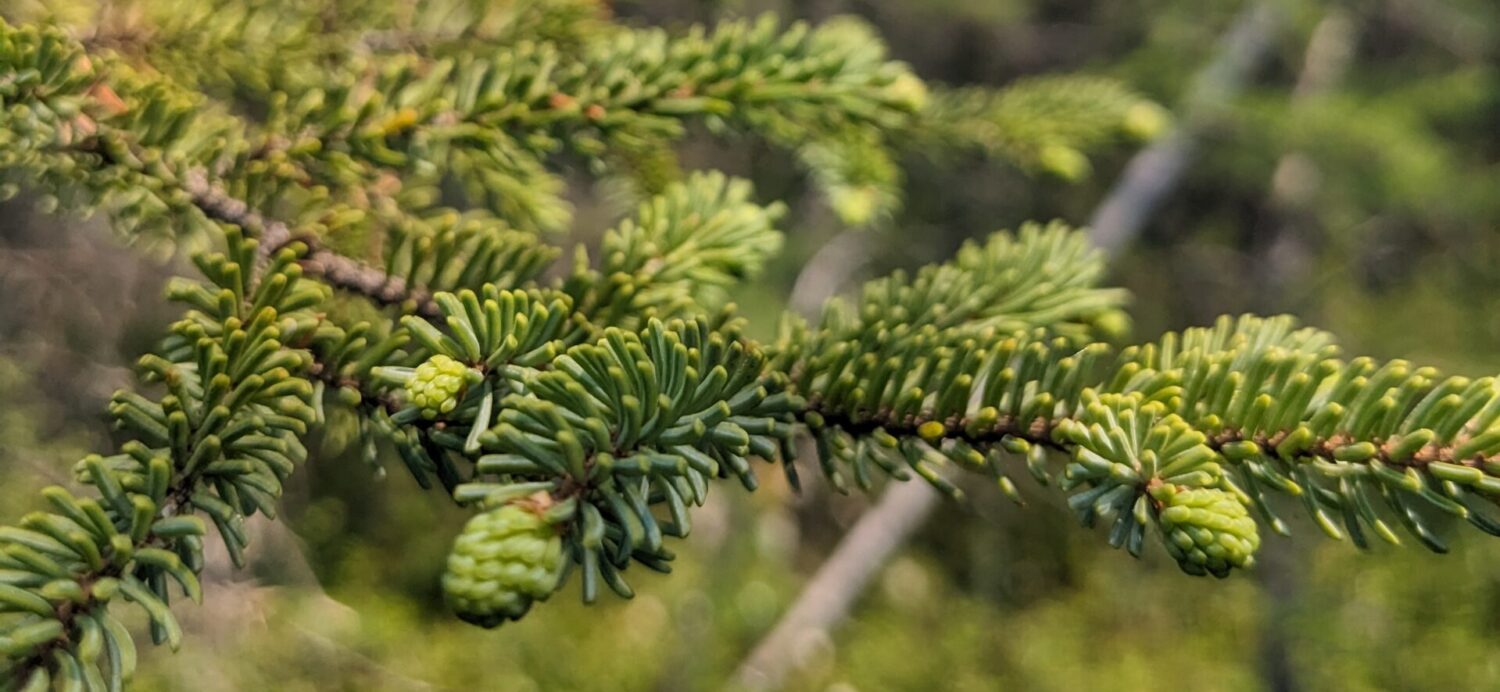UPPER PENINSULA, MICHIGAN – Driving out to the forest this morning, I came across a rare sight: a small fox trotting along the roadside.
I was driving westward while the fox was coming east on the opposite side of the road. There was no other traffic and I was able to stop and snap a quick picture before it ran into the tall grass on the shoulder.
It had a carefree air about it, hardly noticing me at all. Before bounding down the shoulder, I thought I saw a wry smile spread across it’s face as it looked back.
Maybe I shouldn’t anthropomorphize a non-human animal, but I think we like seeing things of ourselves in other creatures.
Seeing this fox along the road got me thinking about how wildlife use roads, and how roads have often made life more dangerous for them.
Roadkill
It’s no secret that roads fragment wildlife habitat and can lead to deadly collisions with vehicles when animals try crossing them.
While driving the 200 miles across the Upper Peninsula, my wife and I tallied the number of roadkill we saw. 19 is the final number we recorded: 5 porcupines, 3 raccoons, 3 opossums, 2 deer, a squirrel, a bird, and 4 unknown species. Since arriving a week ago, I’ve also seen a turkey vulture, and several more raccoons and porcupines.
In some parts of the country where keystone species frequently attempt to cross busy roads and are often unsuccessful, some organizations have build bridges or tunnels so wildlife can avoid heavy traffic and safely navigate these fragmented ecosystems.
However, even though roads are often dangerous for wildlife, they can also be useful.
Sunning, Spawning and Feeding
During hot spring and summer afternoons, I regularly see snakes taking full advantage of warm gravel roads in the forest. They like to stretch out lengthwise to warm themselves on the sand and small rocks.

A snake’s survival and ability to procreate is dependent on it reaching a particular body temperature. For example, the sooner in the season the females are able to reach this temperature, the better their chances of successfully laying eggs. Having access to warm sunbathing sites is critical for snakes passing their genes on to the next generation.
But spending so much time in the middle of the road is dangerous for an animal that already has such a negative reputation among drivers. I try to be mindful of snakes when driving forest roads on warm, sunny days.
In the early spring, frogs and toads also use small puddles that accumulate in forest roads to spawn after rain showers. Between February and April I always see long chains or thick blobs of egg masses clustered in muddy ruts along remote forest roads.

Frogs and other amphibians sometimes have few reliable places to spawn, though most of the National Forests I have worked in also have constructed small retention ponds deep in the forests that serve the local wildlife.
During these warm months I occasionally see pairs of sandhill cranes on the grassy shoulders and medians of the highways on Michigan’s UP, their long necks giving away their location. They seem to prefer the open meadow ecosystems created in these areas for feeding.
Navigation
As demonstrated by the fox this morning, wildlife also use roads for the same reason we do: getting from one place to another.
I always see deer tracks along sandy forest roads and sometimes tracks from coyotes and turkey as well. It makes sense that these animals have learned to exploit our roads for their own benefit. Why struggle through dense, thick forest when you can jump out on the road and move quickly?
Useful Yet Dangerous
Even though many tens of thousands of animals are killed every year along roads, some species have adapted to benefit from the environment humans have created. From snakes and frogs to sandhill cranes and foxes, wildlife always seem to find ways to take advantage of their changing surroundings.
Though that fox may not have been expressing any human emotions with that “smile” this morning, I hoped it would continue wandering these rural roads and maybe, if I was lucky, I would see it’s wry smile again one day.

